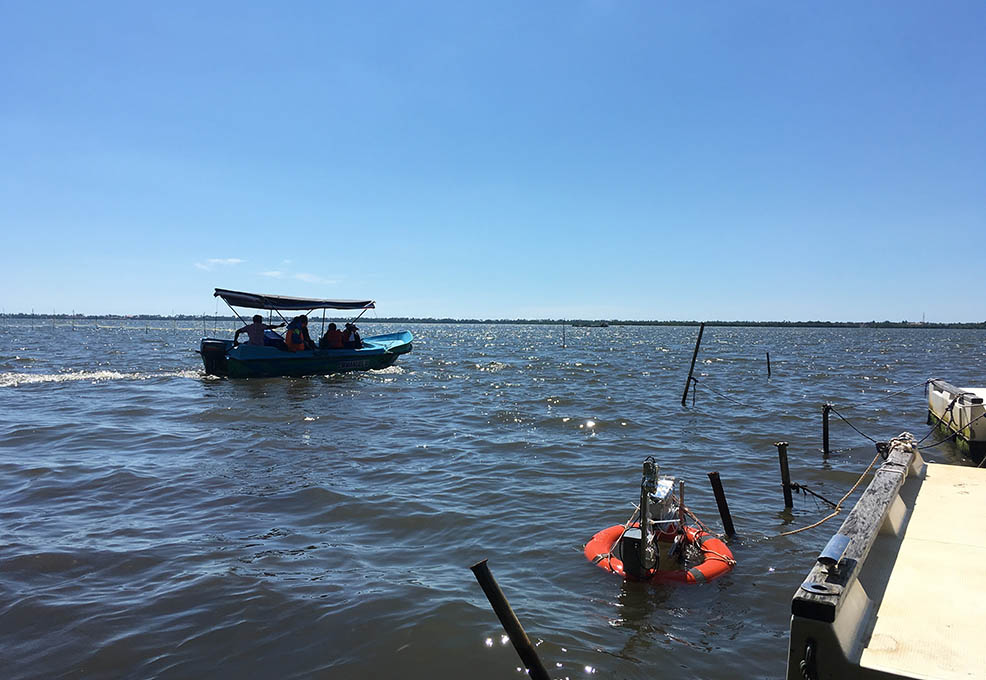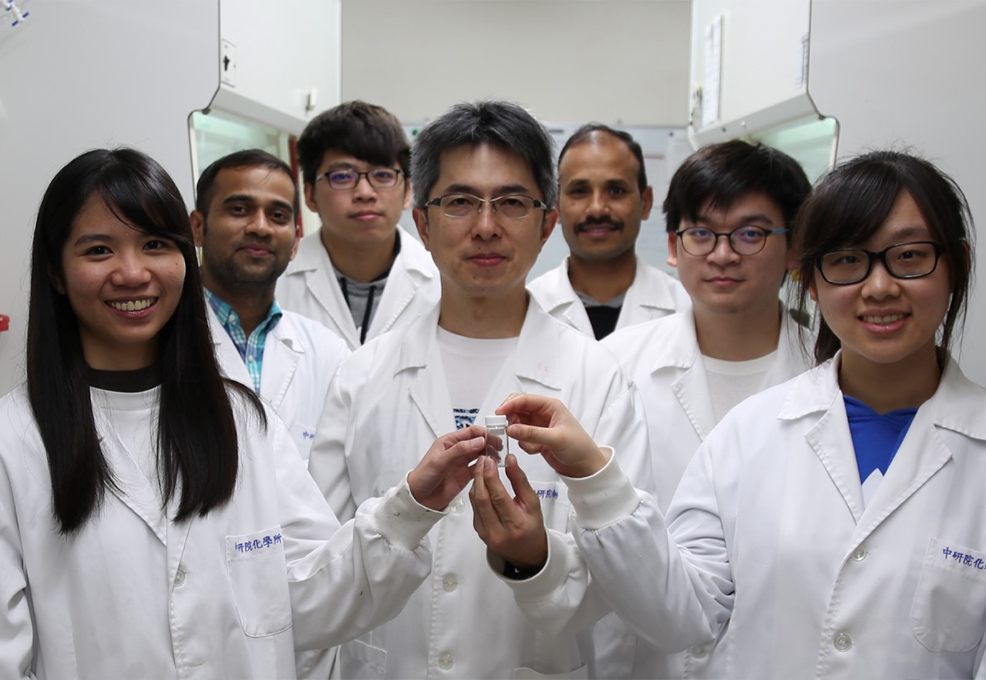Taiwan and Sri Lanka Environmental Change Sciences and Technology Innovation Center- a Preliminary Survey of Nutrient and Car...
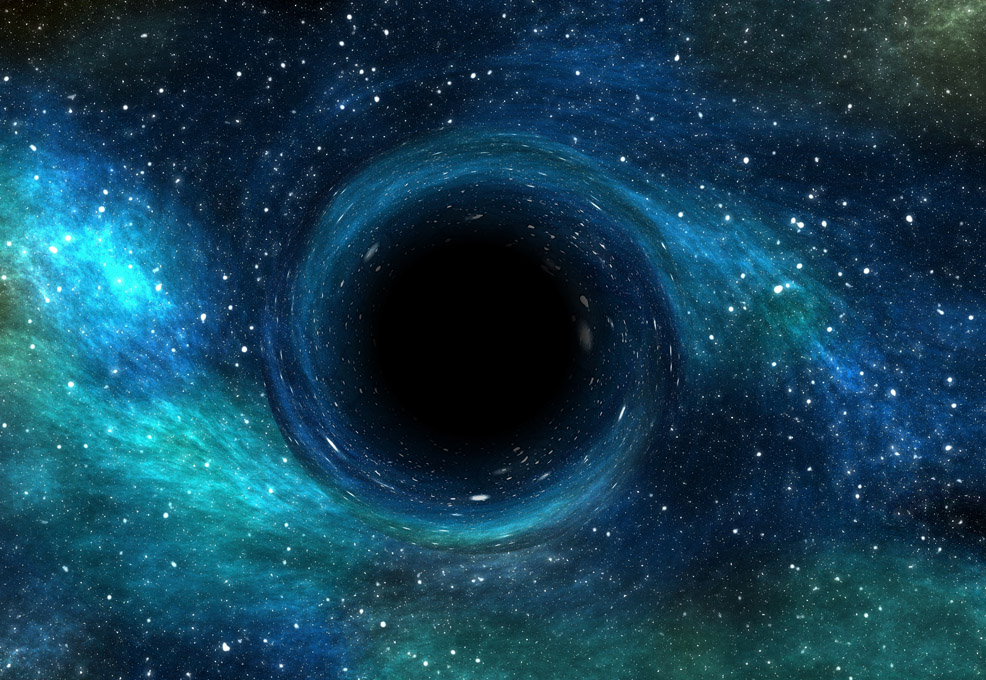
Author(s)
Tomotsugu GotoBiography
Tomotsugu Goto is an associate professor at the Institute of Astronomy, National Tsing Hua University. He obtained his Ph.D. from the University of Tokyo. He was a research fellow at the Japanese Space Agency, Johns Hopkins University, and the Niels Bohr Institute.
Academy/University/Organization
National Tsing Hua UniversitySource
http://adsabs.harvard.edu/abs/2019MNRAS.484.2575T http://adsabs.harvard.edu/abs/2017MNRAS.466.4568T http://adsabs.harvard.edu/abs/2018ApJ...869..150M-
TAGS
-
Share this article
You are free to share this article under the Attribution 4.0 International license
- NATURAL SCIENCES
- Text & Image
- May 20,2019
The Universe experienced a big phase change in its early stage, from neutral to ionized. This process is called “cosmic re-ionization,” which is, however, one of the remaining mysteries. It has been difficult to map out this cosmic re-ionization observationally, because as we approach the dark age of the Universe, over 99% of the UV light is absorbed by the neutral hydrogen.
One of the innovative approaches to revealing cosmic re-ionization is to use the bright light of distant super massive black holes (SMBHs) as a background torch to shine on the dark age of the Universe. The bright light of distant SMBHs allows us to measure the intervening absorption, which imprints the re-ionization history of the Universe. However, distant SMBHs are extremely rare. It has been a challenge to find them in quantity.
Our research team has advanced the field in the following two aspects: (1) A student and I have discovered one of the most distant SMBHs at z~6.6 (12.9 billion years ago). This SMBH was so bright that we mapped out the cosmic re-ionization up to z~6.4, using a single SMBH; (2) Collaborating with an international team, we have reached a milestone in finding 100 SMBHs at z~6, where only ~10 were known previously. With much improved quantity, we have, for the first time, statistically ruled out that radiations from SMBHs are not the source of the cosmic re-ionization. Our result is an important step in understanding what astronomical objects have ionized the Universe.

- Discovery of one of the most distant SMBHs at z~6.6 (12.9 billion years ago). Distant SMBHs are extremely rare. But how rare are they? They could only be found one in a billion objects, a probability which is less than winning a lottery. A student and I have carefully selected SMBH candidates out of billions of objects in our unprecedentedly large survey, for spectroscopic confirmation with one of the largest telescopes in the world. We used the Subaru 8m telescope at the Maunakea observatory in Hawaii (Fig. 1) for spectroscopic confirmation. On the first night of observation, immediately after we started observing, we successfully discovered a distant SMBH. It was an exciting moment for us to see a widely broadened hydrogen line, which is a sign of ~ billion solar mass black holes. It was the moment when our years of preparation finally paid off. This SMBH was so bright that we mapped out the cosmic re-ionization up to z~6.4, using a single SMBH.
- In collaboration with an international team including US and Japan, we also focus on hunting for fainter SMBHs than previous ones in the distant Universe. Our large project has observed for 300 nights at the Subaru telescope to survey an unprecedentedly large area of 1400 deg2 with the depth of an 8m telescope. Such deep and wide survey data never existed in the past. After two years of the survey, we have already found 100 SMBHs at z~6 (Fig.2), and the number is increasing, where only ~10 were known previously. Since finding 100 SMBHs at z~6 is a milestone of our project, the result was released to the press in US, Japan, Germany, and Taiwan. In Taiwan, more than 30 newspapers and websites reported the result (Fig.3).
Using these 100 SMBHs, we have, for the first time, statistically ruled out that radiation from SMBHs is not the source of the cosmic re-ionization. Our result is an important step in understanding what astronomical objects have ionized the Universe. Another student of mine has been analyzing the 100 SMBHs data to reveal the cosmic re-ionization (Fig.4). Please stay tuned. 100 SMBHs will shed light on the dark age of the Universe soon.
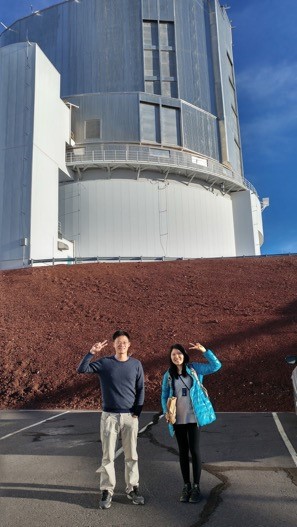
Figure 1. My students observing SMBHs at the Subaru telescope
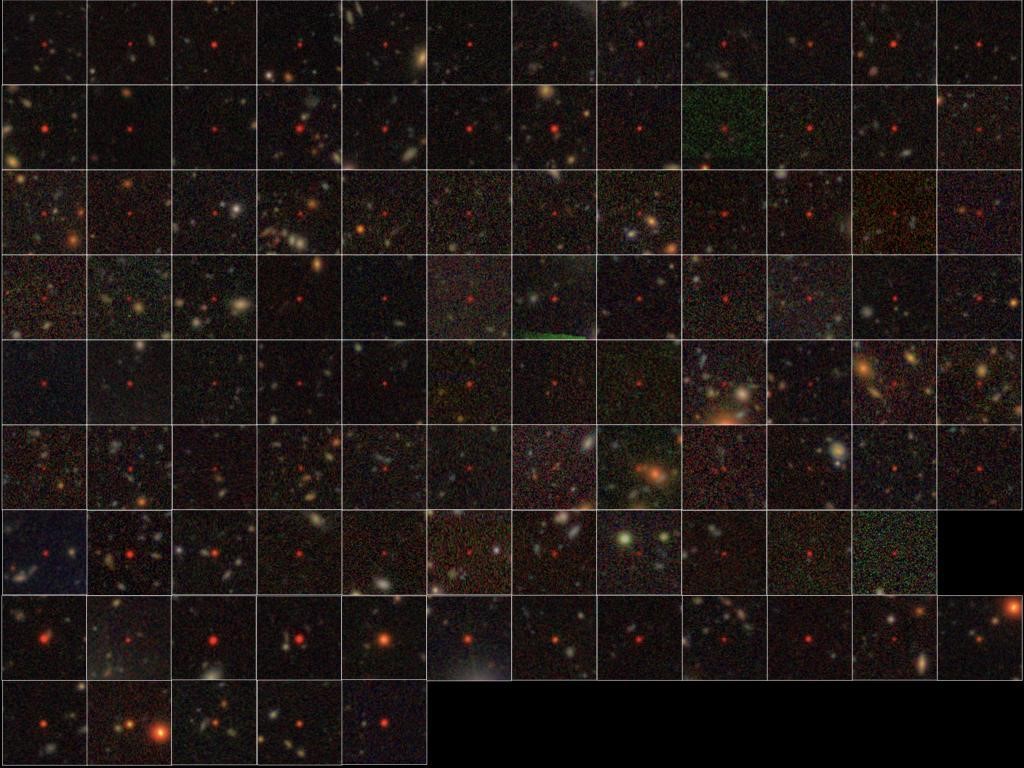
Figure 2. SMBHs we have newly discovered (image credit: National Astronomy Observatory of Japan)
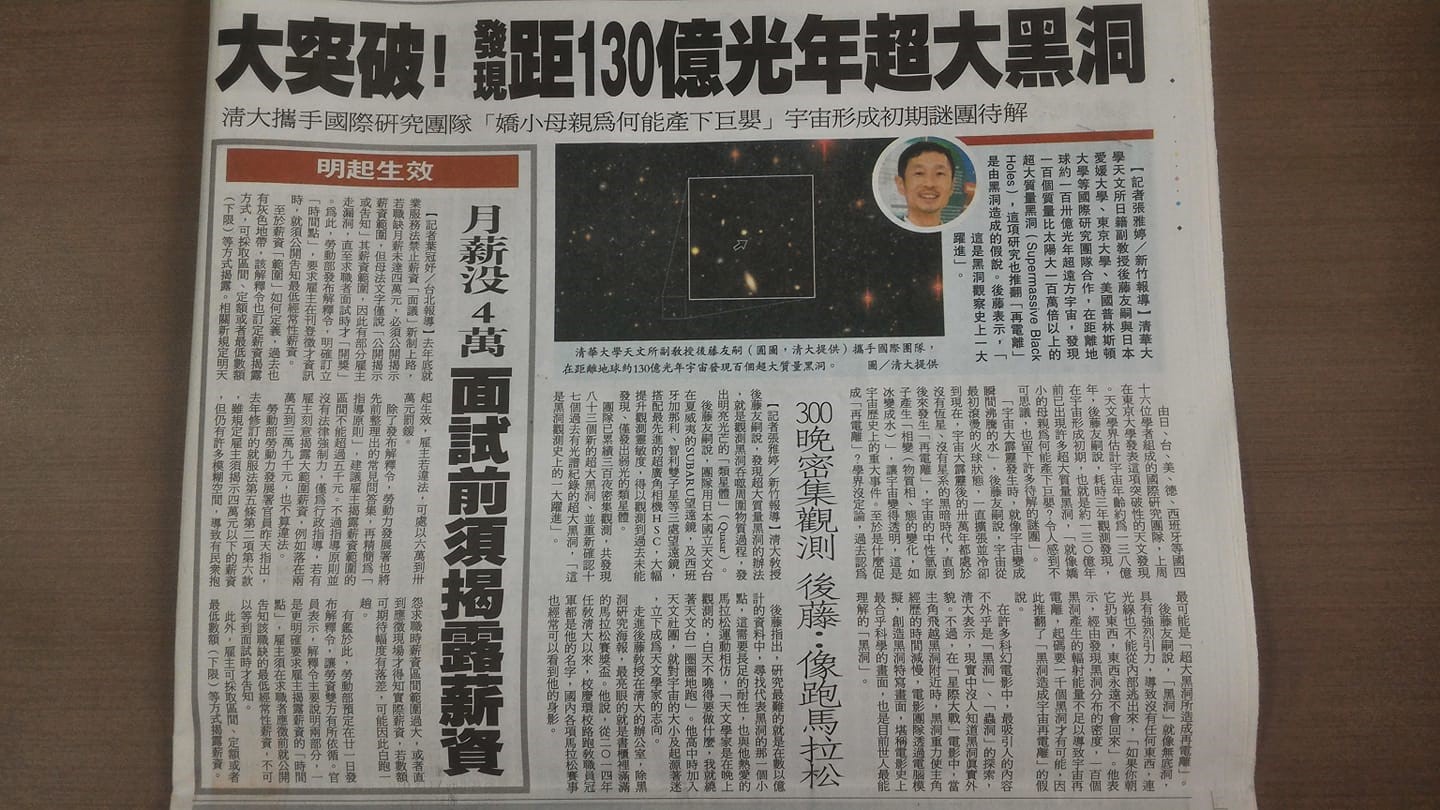
Figure 3. Our discovery of 100 SMBHs was reported by a Taiwanese Newspaper
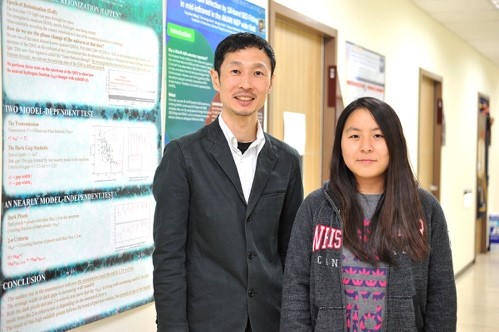
Figure 4. A student and I analyzing the new SMBHs to reveal cosmic re-ionization
STAY CONNECTED. SUBSCRIBE TO OUR NEWSLETTER.
Add your information below to receive daily updates.


